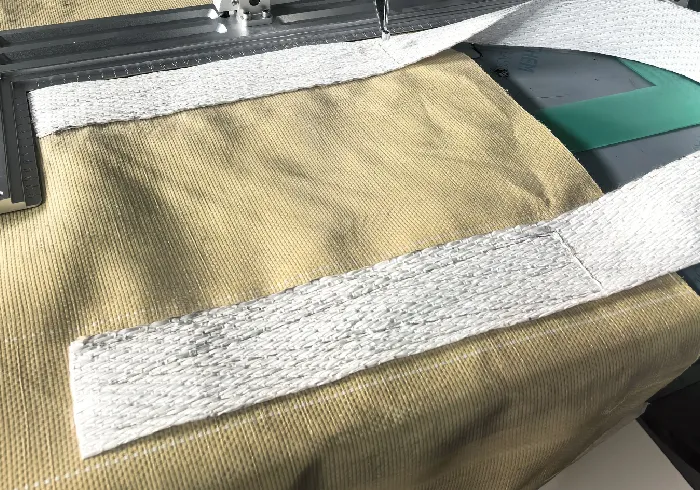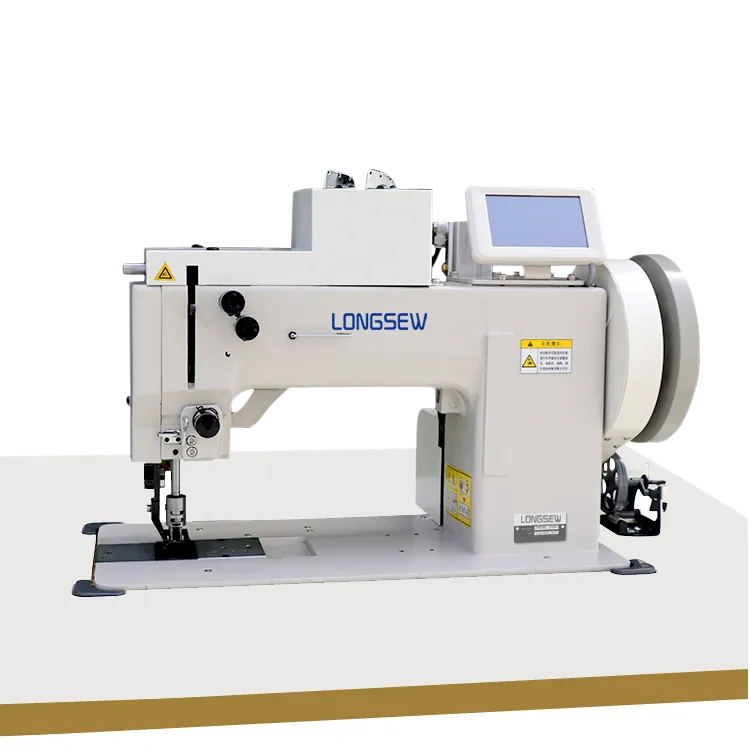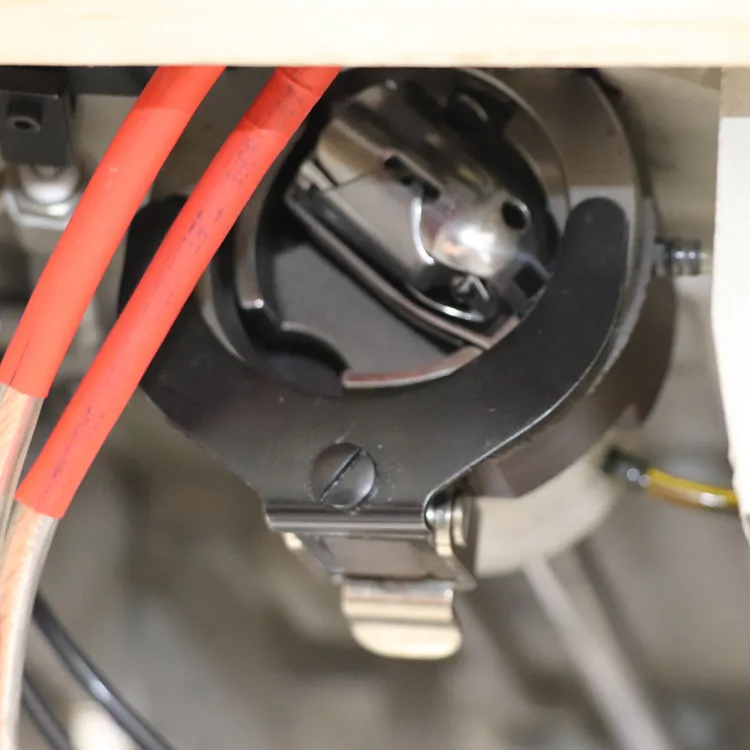...
2025-08-16 10:57
1650
...
2025-08-16 10:46
502
...
2025-08-16 10:20
1253
...
2025-08-16 10:09
2526
...
2025-08-16 10:06
2030
...
2025-08-16 09:32
611
...
2025-08-16 09:07
2190
...
2025-08-16 09:00
203
...
2025-08-16 08:33
1699
...
2025-08-16 08:21
2676




